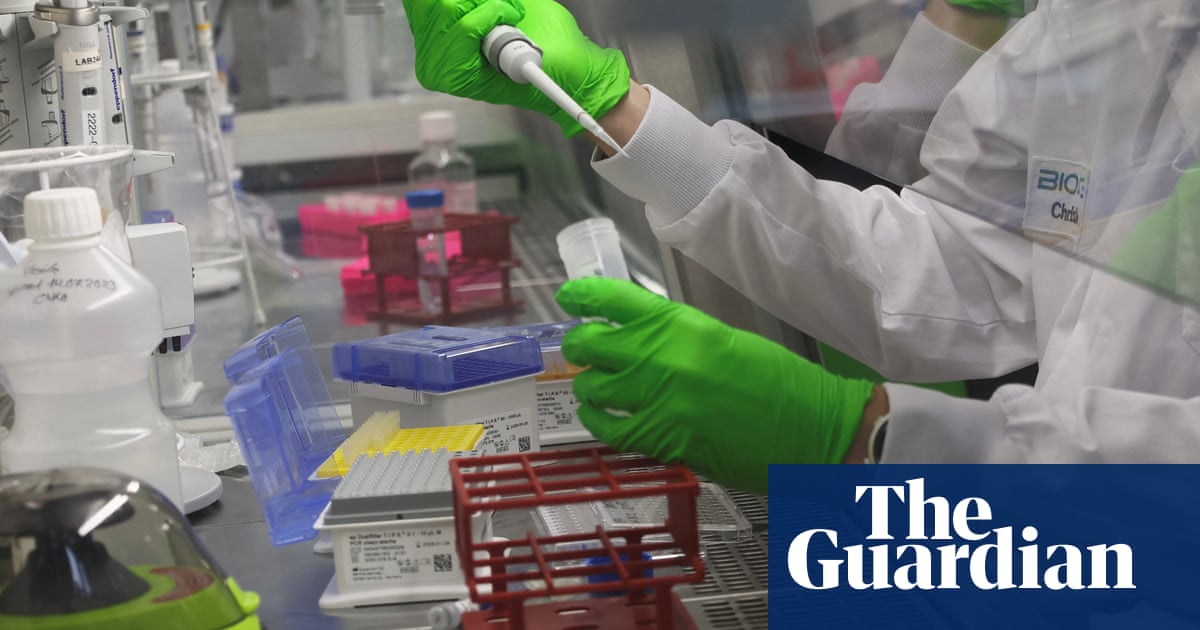Stem cell transplants can reverse diabetes
Ian Sample
Half a billion people worldwide live with diabetes. There are different types with different causes, but they all cause people to have too much sugar in their blood. If not well controlled, this excess glucose can cause damage throughout the body, putting people at risk for gum disease, nerve damage, kidney disease, blindness, amputations, heart attack, stroke and cancer.
At the moment, patients manage the condition with drugs, insulin and lifestyle changes, but a new generation of treatments could reverse the disease. Details of the first woman to be treated for type 1 diabetes with stem cells taken from her own body were announced last month. Previously, the 25-year-old needed significant amounts of insulin. Now she produces her own.
In April, a similar cell transplant allowed a 59-year-old man with type 2 diabetes to go off insulin. It’s early days and challenges remain, not least around scaling up the treatment, but the results so far are exciting.
Cancer vaccines
Ian Sample
Vaccines were one of the extraordinary success stories of the pandemic. Now scientists hope that the same mRNA technology that underpinned the Moderna and Pfizer-BioNTech Covid-19 interventions can be used to train the immune system to recognize and attack cancer.
These injections work by providing an instruction for the patient’s cells to produce a special protein that acts as a flag for the immune system to target. In this case, scientists are tailoring the vaccine model to proteins on the surface of a patient’s cancer cells.
In August, hundreds of patients entered the world’s first personalized mRNA cancer vaccine trial for melanoma, and trials are underway for pancreatic, bowel and other cancers. And since the protection provided by vaccines can be long-lasting, it may be possible to use this approach as a preventive measure, for those at high genetic risk of breast or ovarian cancer, and to stop the cancer from returning.
AI will help catch cancer sooner
Robert Booth
The next four years will see rapid progress in the use of artificial intelligence to better diagnose serious diseases such as lung cancer and brain tumours, which should mean longer lives.
The technology is being rolled out to hospitals, including some in the north of England, to catch cancers sooner and prolong lives. The system, which scans X-rays and prioritizes cases when it spots something suspicious that the clinician may have missed, has been shown to improve diagnostic accuracy by 45% and diagnostic efficiency by 12%, according to South Tyneside and Sunderland NHS Foundation Trust. Faith.
Hannah Devlin
In the two years since its launch, the James Webb Space Telescope has revealed the night sky in a series of images that are technical masterpieces. It is also enabling unprecedented discoveries about the origins of stars, black holes, the evolution of the universe and the likelihood that life exists elsewhere in the cosmos.
The telescope is so powerful that it has observed galaxies that existed when the universe was less than 300 million years old, whose light has traveled 14 billion years – almost the age of the universe itself – to reach us. Capturing the light from the first stars to illuminate the sky – long seen as a holy grail in astronomy – now seems within reach. Some of these discoveries are overturning conventional theories, with the earliest galaxies appearing much brighter or larger than expected and the first black holes appearing to have snowballed faster than can be explained by current models.
In science, strange and unexpected findings are not frowned upon—they are the fuel that powers the next revolution. This telescope promises to do just that to understand the history of the universe and whether we humans are alone in it.
Renewable energy is gaining momentum
Jillian Ambrose
The world’s transition to green energy is gaining momentum. A recent report from the International Energy Agency (IEA), the world’s energy watchdog, found that over the next six years, renewable energy projects are on track to start at three times the pace of the previous six years. This would put the world on track to surpass 2030 targets set by governments to create a total global renewable energy capacity roughly equal to the existing energy systems of China, the EU, India and the US combined .
In Europe, the solar energy boom caused market prices to turn negative for a record number of hours this summer. Wind developers are preparing to launch a new generation of offshore floating wind turbines to better capture the most powerful wind speeds further offshore.
The growth of green electricity will be led by China and India’s clean energy programs, which will help shift the fossil fuel consumption of two of the world’s most polluting countries.
China will have more than half of the world’s renewables by the end of the decade, according to the IEA, which is already thought to have slowed China’s pipeline for future coal plants. According to Global Energy Monitor, the number of new permits for coal plants in China has fallen from 100 GW in 2022 and 2023 to just 12 new projects totaling 9.1 GW in the first half of 2024.
